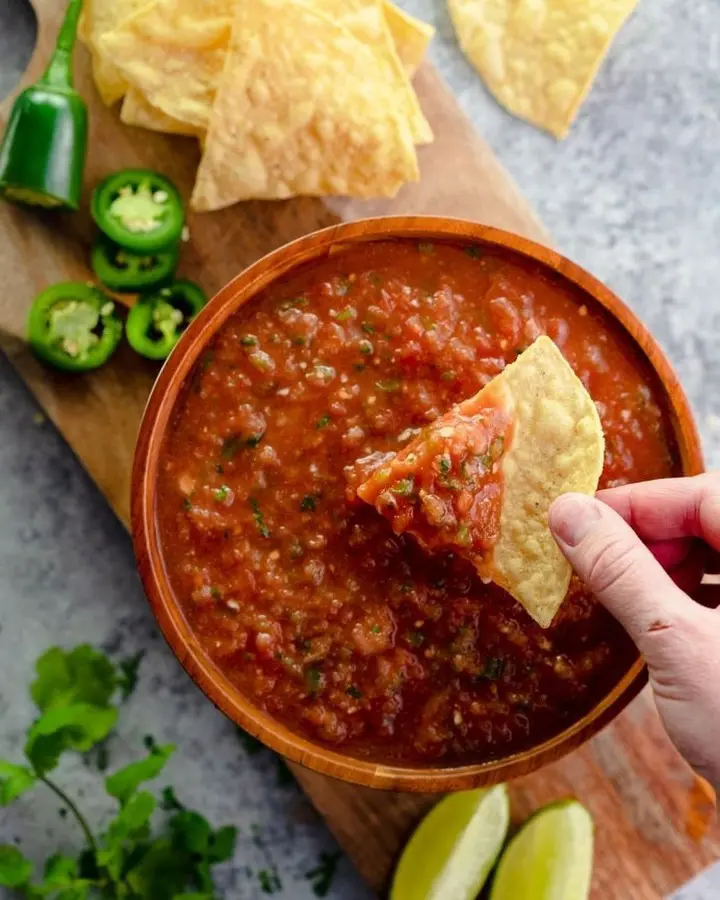What You’ll Need For Balsamic Vinaigrette Recipe
The beauty of this dressing is its simplicity. But do not be fooled - getting that best taste is all about selecting the proper substances and combining them simply right.
Balsamic Vinegar

It is the star component and can vary in taste and quality. Traditional balsamic, aged for at least 12 years, offers a complex and concentrated flavor.
For regular use, commercial types, frequently classified "Balsamic Vinegar of Modena," are more practical. Choose one that suits your taste and budget.
Olive Oil
Opt for high-quality extra-virgin olive oil to make this dressing. It gives strong flavors and richness to the recipe. And let's not forget the health benefits of olives.
Plus, it helps balance the acidity of vinegar.
Emulsifier
You need an emulsifier to blend the oil and vinegar together to create a cohesive dressing. You can use Dijon mustard- it’s a usual pick among home cooks.
It also adds an extra tang to the dressing. Other options include mayonnaise or egg yolk. So use what you have or like.
Sweeteners
A little sweetness takes the edge off the tangy vinegar and mustard. Honey's a classic choice, but maple syrup works wonders too. Feel free to experiment with agave nectar or even plain old sugar.
It's your dressing - make it how you like it!
Seasonings

Seasonings provide the dressing depth and complexity. Salt and ground black pepper enhance the overall taste but don’t rely entirely on them.
Try unique herbs and spices like basil, oregano, thyme, and shallots. Both dried and fresh varieties contribute aromatic notes.
If you enjoy a sharp, savory flavor, add garlic. Grate garlic clove for a more potent taste or use it in powder form. The choice is yours.
Tools Required
- Mixing Bowl
- Whisk or Fork
- Measuring Cups and Spoons
- Garlic Press (optional)
- Storage Jar or Bottle
- Cutting Board and Knife














